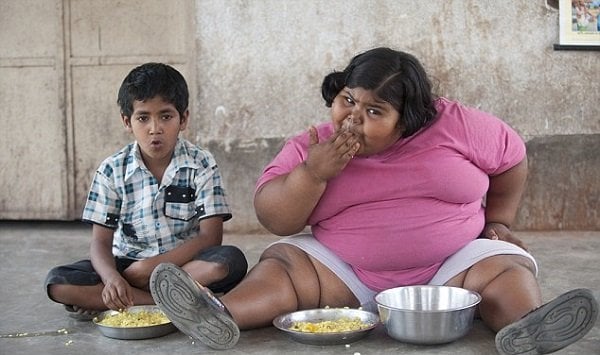
Fewer resources like recreational programmes and parks and access to full service grocery stores appear to have a greater impact on the childhood obesity rate than race and ethnicity, the researchers explained.
Morning light exposure may lead to weight gain in kids
"It illustrates that race and ethnicity in communities may not have a significant connection to obesity status once the community's income is considered," said senior study author Kim Eagle from the University of Michigan in the US.
"The findings reveal differences in the inequalities in the physical and social environment in which children are raised," Eagle added.
Kids who take antibiotics may grow up overweight
Using a model created from data on 111,799 Massachusetts students, the researchers showed that as poverty rises, so does the rate of obesity among children.
To correlate community rates of childhood obesity with lower income status, the students who were overweight or obese were compared with the students in each district who were eligible for free and reduced price lunch, transitional aid or food stamps.
Obesity can spread through social networks
Among the school districts, for every one percent increase in low-income status there was a 1.17 percent increase in rates of overweight/obese students.
"The battle to curb childhood obesity is critically tied to understanding its causes and focusing on the modifiable factors that can lead to positive health changes for each and every child," Eagle said.
The study was published in the journal Childhood Obesity.


1723278472-0/BeFunky-collage-(4)1723278472-0-165x106.webp)



1729930993-0/WhatsApp-Image-2024-10-26-at-08-52-06-(2)1729930993-0-270x192.webp)










COMMENTS (2)
Comments are moderated and generally will be posted if they are on-topic and not abusive.
For more information, please see our Comments FAQ